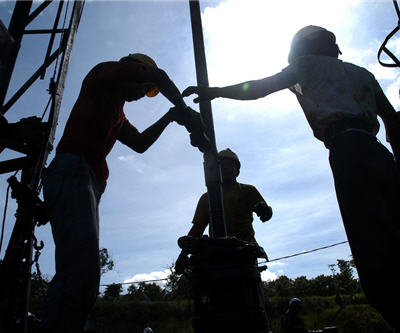
Canada’s net crude oil exports will triple by 2035 due to in situ production and not hydraulic fracturing, according to a report by the National Energy Board released on Tuesday.
Oilsands accounts for 55% of Canada’s oil production today rising to 85% 24 years from now.
“By 2035, in the Reference Case, oil sands bitumen production is projected to reach 811 thousand m³/d (5.1 million bbl/d), three times the production for 2010. The majority of the growth occurs in the in situ category. In situ projects tend to be smaller and less expensive to build. Also, 80 per cent of the oil sands reserves are considered well suited to in situ extraction, versus 20 per cent for mining methods,” writes the report authors.
Conventional oil production in the Western Canada Sedimentary Basin had been declining, but hydraulic fracturing is reversing the trend. However, the authors says that the outlook is unclear for this new production method.
“Because this technology is in its infancy and the full impact on future production levels unclear, the incremental production volumes assumed in the projection are limited. Decline resumes in the 2015 to 2016 timeframe.”
The report also sees growth with renewables, but the contribution to Canada’s energy needs will be far less than fossil fuels.
“The share of biofuels in transportation-sector energy consumption triples over the projection period, from 1.1 per cent to 3.3 per cent in 2035, while the share of renewable-based electricity generation increases from 62 per cent to 67 per cent in 2035.”
Natural gas exports will actually decline due to increased demand at home.
“The amount of natural gas available for export is expected to gradually decline until 2020 due to increased Canadian demand for natural gas. After 2020, production growth and demand growth will be about the same.”
Canada has the world’s third largest oil reserves, after Saudi Arabia and Venezuela.
Chart from National Energy Board